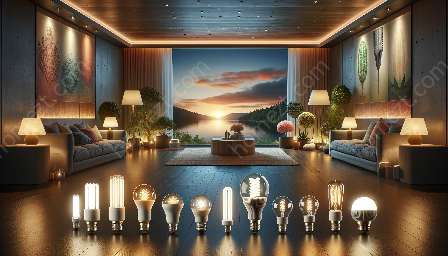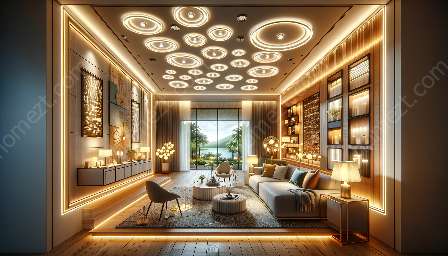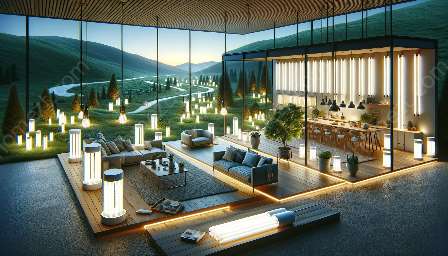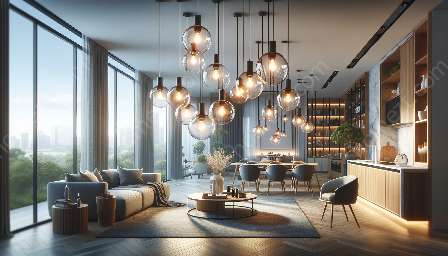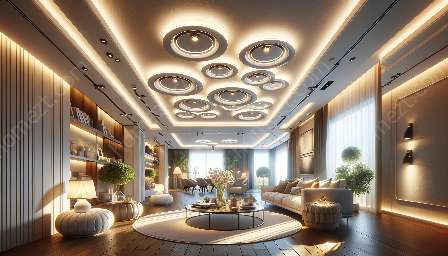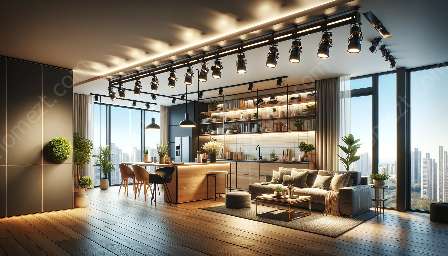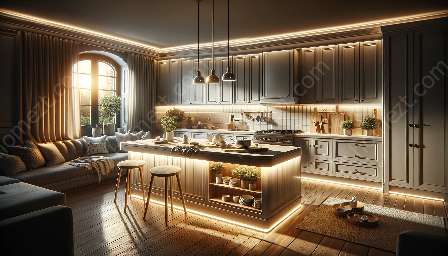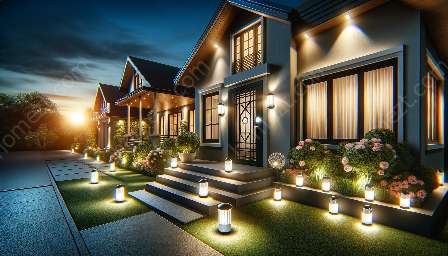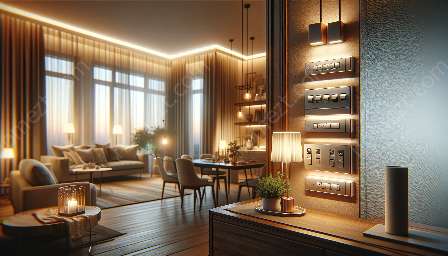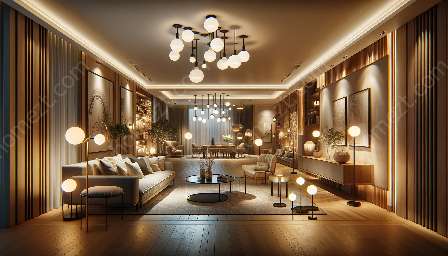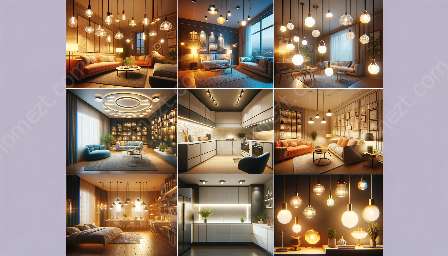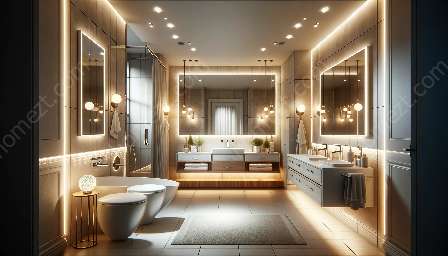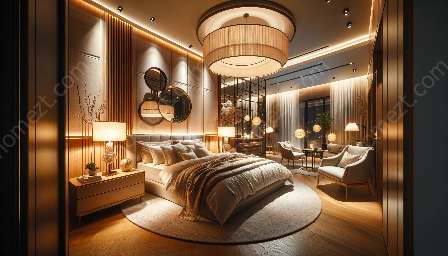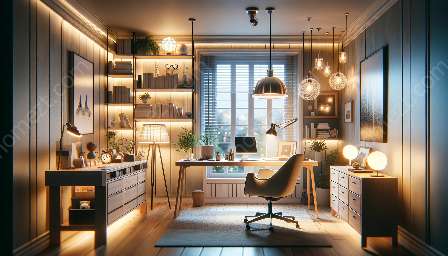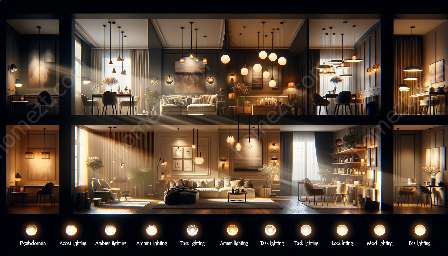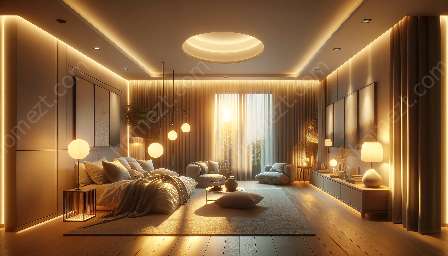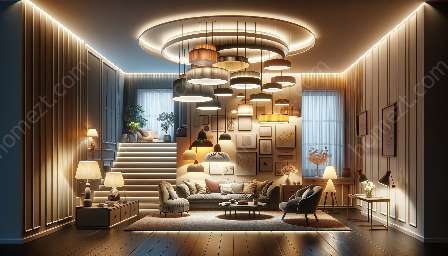As home improvement enthusiasts strive to create sustainable, energy-efficient living spaces, solar lighting has emerged as a popular and eco-friendly solution. With advancements in technology, solar lighting offers a wide range of applications, from indoor ambient lighting to outdoor landscape illumination. This comprehensive guide delves into the benefits, types, installation, and design aspects of solar lighting, providing valuable insights for enhancing the lighting and overall ambiance of your home.
The Benefits of Solar Lighting
Solar lighting presents numerous advantages for homeowners looking to upgrade their lighting systems. Firstly, solar lighting is environmentally friendly, harnessing renewable energy from the sun to power lighting fixtures. This not only reduces the carbon footprint but also contributes to a more sustainable lifestyle. Additionally, solar lighting eliminates the need for complex wiring and electricity consumption, resulting in significant cost savings and easy installation. Furthermore, solar lights often come with built-in sensors for automatic dusk-to-dawn operation, enhancing convenience and energy efficiency.
Types of Solar Lighting
There are various types of solar lighting available to cater to different home improvement needs. Indoor solar lighting options include solar-powered LED lamps, string lights, and decorative fixtures. These can be strategically placed to brighten living spaces, providing a cozy and inviting atmosphere while reducing energy consumption. For outdoor applications, solar garden lights, pathway lighting, and security floodlights offer enhanced safety and aesthetics for the exterior environment. Additionally, solar-powered accent lights and motion-sensor spotlights contribute to landscape enhancement and security features around the home.
Installing Solar Lighting
Installing solar lighting is relatively straightforward and can be a rewarding DIY project for home improvement enthusiasts. To ensure optimal performance, it's essential to consider factors such as sunlight exposure, fixture placement, and battery capacity. Indoor solar lighting may require mounting or placement near windows to capture ample sunlight, while outdoor fixtures should be positioned strategically to receive unobstructed sunlight for efficient charging. Following manufacturer guidelines and best practices for installation can maximize the effectiveness and longevity of solar lighting systems.
Designing with Solar Lighting
Integrating solar lighting into the overall design of a home improvement project can elevate the aesthetics and functionality of the living space. With a wide array of designs and styles available, homeowners can select solar lighting fixtures that complement their interior decor or outdoor landscape. Solar-powered decorative lights, such as lanterns and string lights, add a touch of elegance to outdoor entertaining areas, patios, and gardens. Indoor spaces can benefit from the warm and versatile illumination of solar-powered LED lamps, creating an eco-friendly and visually appealing ambiance.
Embracing Sustainable Illumination
In conclusion, the adoption of solar lighting aligns with the growing trend of sustainable living and eco-conscious home improvement. By harnessing the power of the sun, homeowners can illuminate their living spaces while reducing their environmental impact and energy costs. Whether it's enhancing the curb appeal of a home with outdoor solar lighting or creating an inviting indoor atmosphere with solar-powered lamps, the versatility and benefits of solar lighting make it a compelling choice for modern homeowners seeking innovative and efficient lighting solutions.

